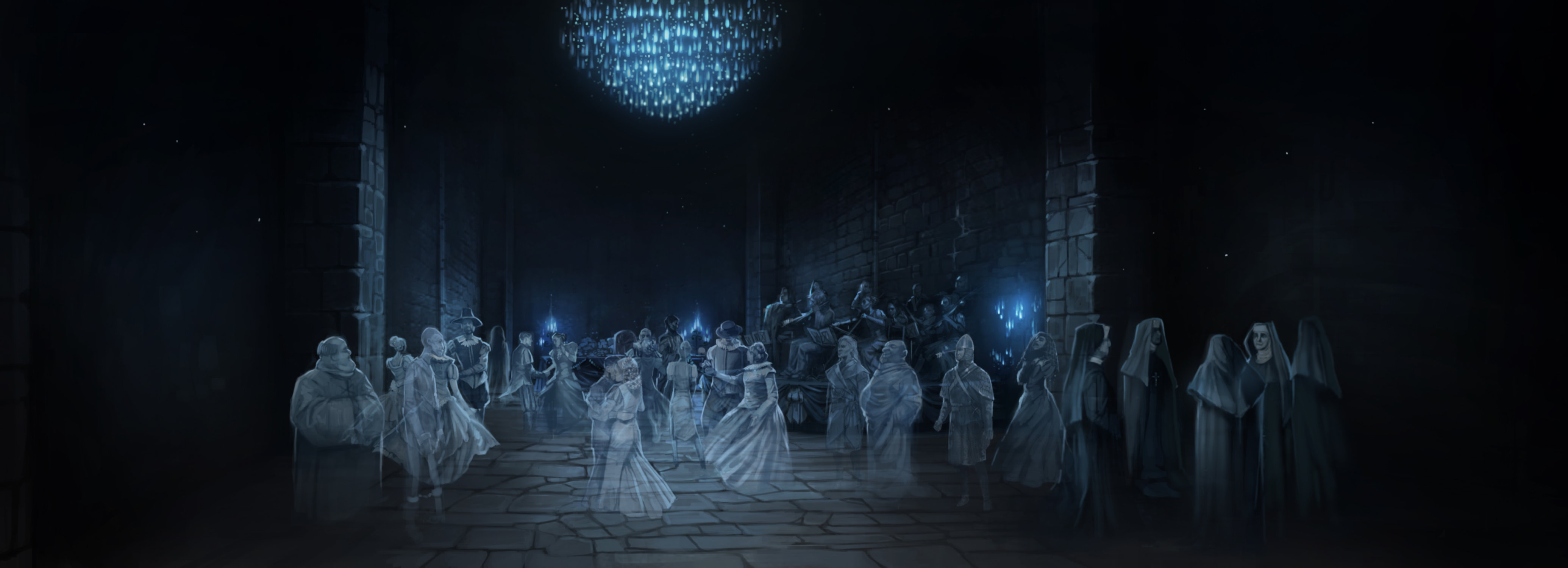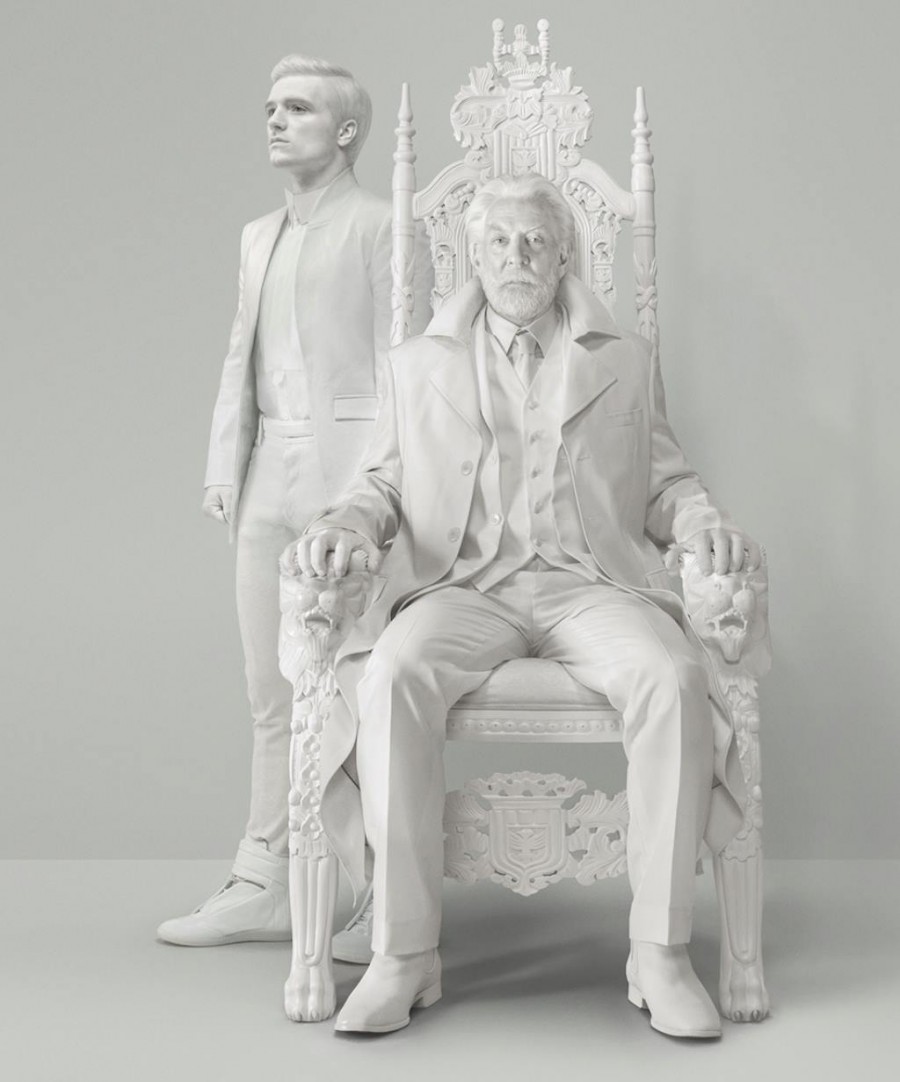Many of Chaucer’s early poems show a deep interest in dreams
and medieval dream theory. Of his early poetry,
The Book of the Duchess, The House of Fame, the Parliament of Fowles, and
The Legend of Good Women are all in
fact framed as a dream vision where the narrator of the poem takes it upon
himself to describe and interpret his dream in poetical form. Even
Troilus and Criseyde, the only lengthy
poem of his earlier works that is
not a
dream vision includes a discussion of the importance of dreams. However,
throughout his early works, it is clear that Chaucer is not just using dream
visions as a simple convention of the time, but exploring the value and
interpretive difficulty of dreams to examine the nature of interpretation in
poetry itself.
In Chaucer’s first major poem, The Book of the Duchess, the narrator is presented as an outsider
to sleep, dreams, and interpretation. He is incompetent in all these things,
for he opens the poem by addressing his inability to fall asleep, stating “I
may not slepe wel nygh nought/I have so many an ydel thoght/Purely for defaute
of slep” (BOD, 3-5). Furthermore,
throughout the poem the narrator seems unable to grasp the depth of the stories
and dreams he encounters. As he recalls his reading of Alcyone and Ceyx he
describes being deeply moved, stating, “Amonge al this I fond a tale/that me
thoughte a wonder thing” (BOD, 60-61). But after reading this tragic and touching
tale, the narrator seems to have been moved only by one thing—learning that
there is a god “ that koude make/men to slepe” (BOD, 235-236). Though the
narrator seems oblivious to the fact that he has missed an interpretive opportunity
in the story he has just read, he soon calls attention to not only the idea
that his own dream must be interpreted, but that it is incredibly difficult to
do so. In fact, he almost dares the reader to interpret his dream, stating,
Me mette so ynly swete a sweven
So wonderful that never yit
Y trowe no man had the wyt
To konne we my sweven rede (BOD, 276-279)
Thus the reader of the Book of the Duchess is openly put into the position of interpreter.
But our position as reader seems also to be specifically aligned with that of
the narrator himself. The narrator cannot (or perhaps simply does not even try
to) interpret the stories he encounters. Even within his dream, the narrator is
unable to understand the black knight, missing until the very end the fact that
the black knight is not mourning unrequited love of a lady, but grieving her
death. The black knight is forced to leave his poetic and courtly language
behind and bluntly shout, “She ys ded!” (BOD, 1309) in order for the narrator
to finally understand.
In the Book of the
Duchess, the narrator’s inability to understand the stories he encounters is
more than just comical—it’s absurd. As readers we are called to question how
different we are to this narrator. Are there things simply going over our head?
Are we laughing with or at the narrator’s ignorance? Chaucer’s interaction with
dreams and poetry here shows us the importance of telling a story that is meant to be interpreted. For as soon as
the black knight must abandon his storytelling and his narrative voice, the
dream ends. And the narrator, unable or unwilling to interpret this dream, ends
his poem just as abruptly, leaving the reader with the responsibility of
interpretation.
If the dream in The Book
of the Duchess calls attention to the reader’s role to interpret, then the
dream in Chaucer's House of Fame (c. 1379) shows the anxieties
and fears of the writer of being interpreted. As the narrator opens up the poem he
describes how difficult it is to interpret dreams, discussing the different
types of dreams and our inability to know exactly why certain dreams come to
us. He states,
For
hyt is wonder, be the roode
To
my wyt , what causeth swevenes
………………………..
why
that is an avison
And
why this a revelacion
Why
this a drem, why that a sweven (HOF I. 2-9)
Here, the narrator recalls the dream classifications of ancient Roman writer and thinker Macrobius, whose Commentary of the Dream Of Scipio was an influential work in the later middle ages. While some dreams are
significant or prophetic, others are simple and meaningless and it is difficult
to know what to make of the dreams that come to us. In fact, the narrator
states “wel worth of this thing grete clerkys/ That trete of this and other
werkes/ For I have noon opinion” (HOF I. 53-55). Like the narrator in The Book of the Duchess, the narrator simply does
not know how to interpret his dream. This narrator, however calls more attention to his own ignorance. In fact, he seems to highlight the difficulty of
interpretation to show just how important it is in poetry. For the House of Fame is largely concerned with
what and why the poet writes when he knows that the reader will make his own
interpretation.
The narrator’s anxieties of how his poem will be interpreted run throughout the
poem and his dream vision of the house of Fame demonstrates that one of the
most important reasons to write poetry is to, in fact, be interpreted. For in
the end fame and reputation are like the whispers the fly through Fame’s halls:
“fals and
soth compouned/togeder fle for oo tydyng” (HOF, III. 2108-2109). Interpretation
of dreams and poetry alike is made all the more important.
It is clear therefore, that one of the most important ways Chaucer uses dreams and dream visions is to
explore the nature of writing and reading poetry. In the Parliament of Fowls, the narrator is meant to be simply an observer
to his dream and is told by Africanus, “I shal the shewe mater of to wryte”
(POF, 168). Yet even in this prophetic dream, the narrator must actively
interpret what is going on around him. Even in simply writing his dream down,
the narrator is both interpreting his own dream and openly inviting us do the
same—he (and the reader alike) is never simply just an observer. This idea is
furthered at the very end of the poem when the narrator suggests that the dream
has inspired him to read. He declares, “thus to rede I nyl nat spare” (POF, 699).
Whether he is reading a book or dreaming in sleep he is actively learning
and interpreting. Through the dream vision framework then, Chaucer ensures that
readers are aware of their interpretive responsibility. Poetry is not about one
writer didactically telling us things we need to know. It is about reading and
writing creatively. Questions of where dreams may come from, whether they are
didactically prophetic or meant to be interpreted at all, all seems to connect
with the way Chaucer uses poetry itself: never as a means to explain something
directly to the reader, but to create dialogue and encourage independent
interpretation.
_______________________________
Benson,
Larry, ed. The Riverside Chaucer.
Oxford: Oxford Universtity Press. 1987. Print
 Some very exciting news to share with you all! The newest book of Harry Potter studies, "Harry Potter for Nerds 2" edited by Travis Prinzi of thehogshead.org and Kathryn McDaniel features my essay on the Hogwarts ghosts and their liminal status between gothic and comic traditions (just in time for Halloween!). This book includes some amazing works of scholarship: everything from house-elves, Remus Lupin, dystopian elements, philosophy, quidditch, reverse alchemy, and Native American elements are all explored by some of my favorite fantasy scholars writing today.
Some very exciting news to share with you all! The newest book of Harry Potter studies, "Harry Potter for Nerds 2" edited by Travis Prinzi of thehogshead.org and Kathryn McDaniel features my essay on the Hogwarts ghosts and their liminal status between gothic and comic traditions (just in time for Halloween!). This book includes some amazing works of scholarship: everything from house-elves, Remus Lupin, dystopian elements, philosophy, quidditch, reverse alchemy, and Native American elements are all explored by some of my favorite fantasy scholars writing today.





